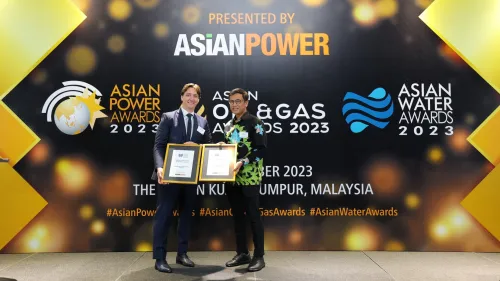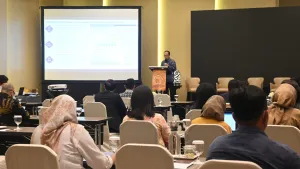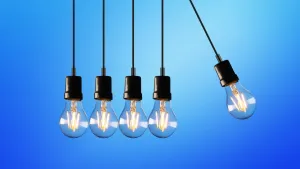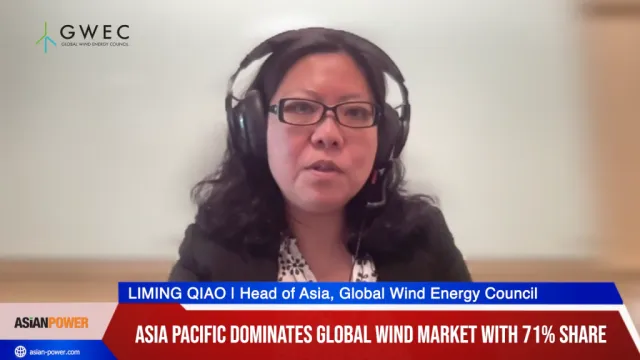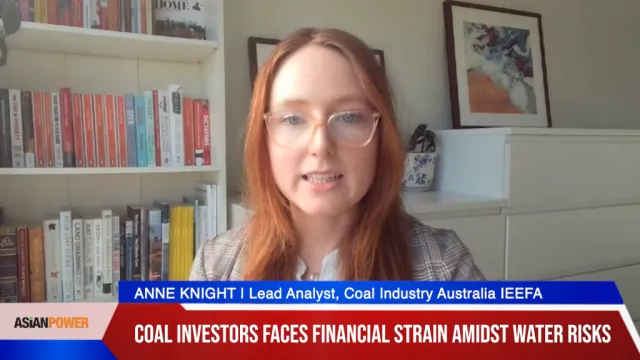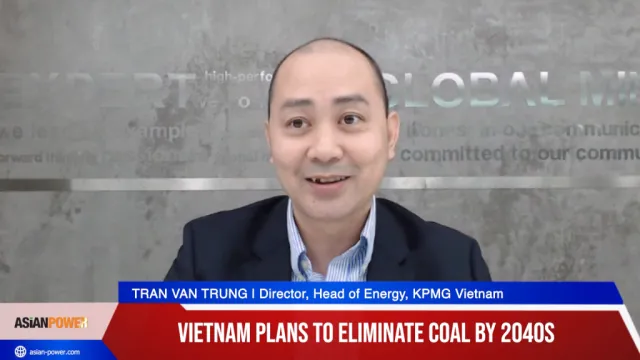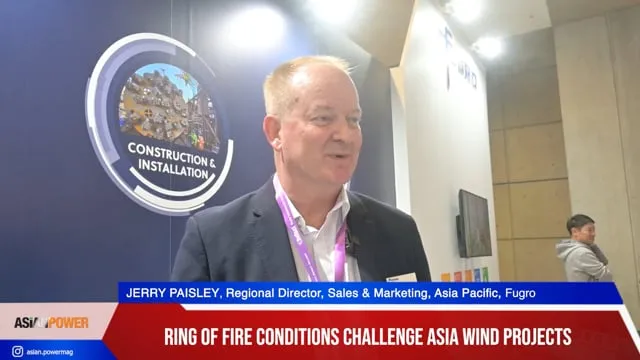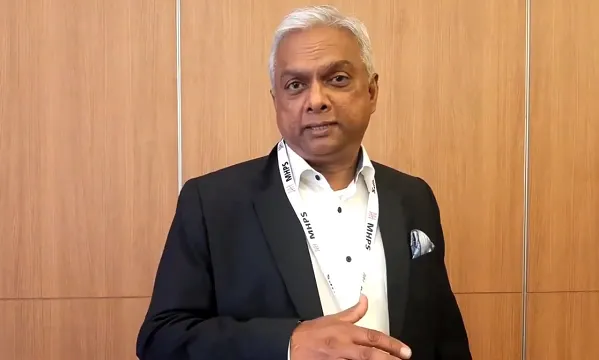
WEnergy Global develops microgrids in Southeast Asia's rural communities
Microgrids could serve 100 million people in the region who still have no electricity.
Asian Power spoke with Atem S. Ramsundersingh, CEO of Singapore-based IPP WEnergy Global, about his experience in building a 24/7 diesel-solar hybrid plant which serves 800 customers in the Philippines through a 14km micro-grid. He discussed the process of getting the project through, which involved a six-year delay in getting a license.
Ramsundersingh also spoke about the firm’s investment entity with TEPCO Power Grid for $60m, for which it plans to build a microgrid portfolio worth $100m.
What are the projects you are currently working on?
The projects currently that WEnergy Global and CleanGrid partners are working on in Southeast Asia are very much on microgrids, both in rural areas where more than 100 million people still do not have access to electricity. This is just in the ASEAN - Philippines, Indonesia, Myanmar, and Cambodia.
The other thing we are working on is the development of renewable energy-powered microgrids that are good for industrial estate, or private developed cities or townships. We see a future where there is no need for the national grid to come until when they are ready.
I think there are a lot of more bottom-up initiatives by the private sector where they start developing, building the structure so that we can use the sun, the wind and battery storage systems to power villages and cities and towns.
What would be the role of the public and the private sector in planning the installations of renewables?
The public sector needs to put out more efficient and effective regulations and has to avoid unnecessary delays. Our project in the Philippines got six years delayed, and finally, this month, it is coming to the commissioning phase. Regulations play a part, but it has to be made sure that they can move fast.
The private sector’s role is to make sure we put responsible technology for a proper price that is good for consumers, good for the renewable technologies to expand in general and good for the shareholders who are taking a risk to put these technologies in there. I think there needs to be more deregulation by the government and more of the private sector’s responsibility to adhere to the rules.


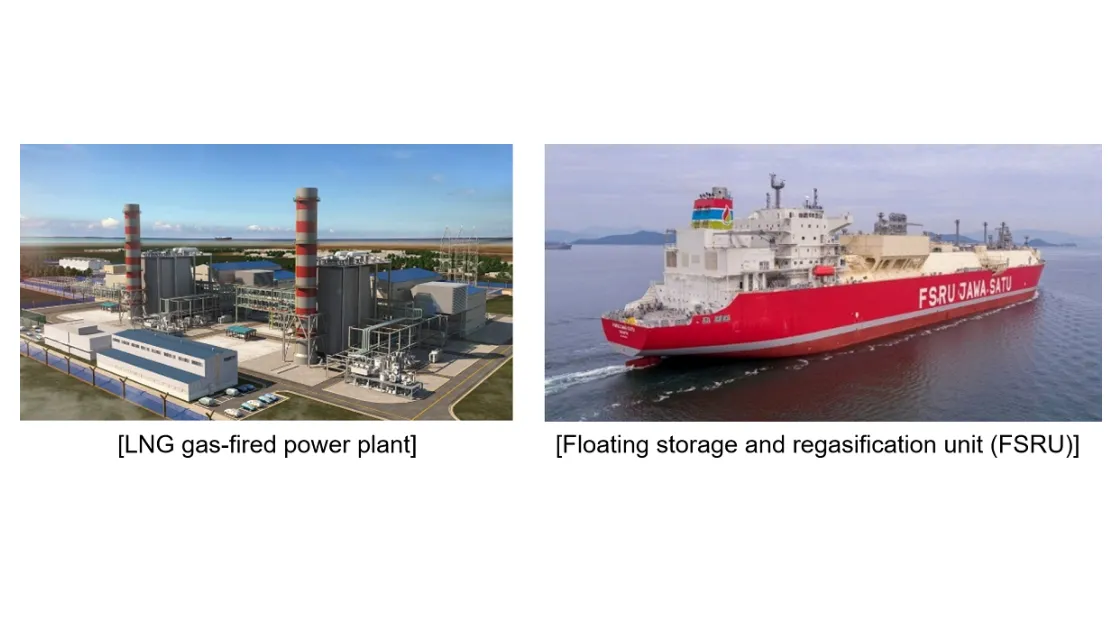
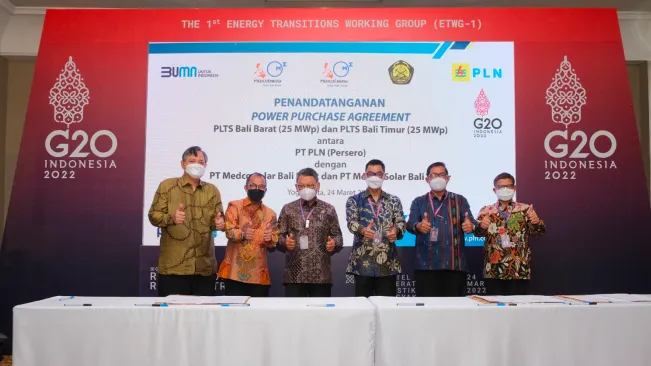

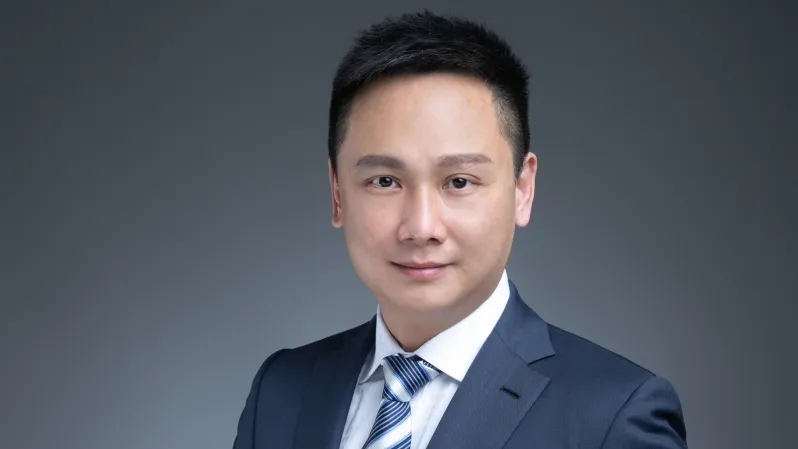
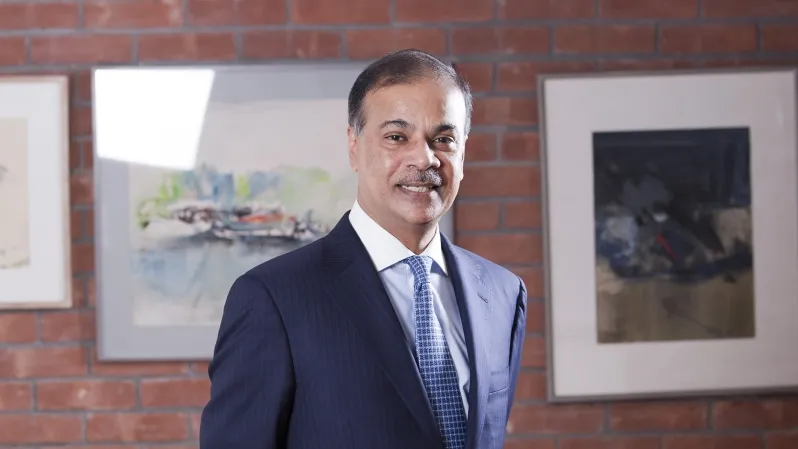


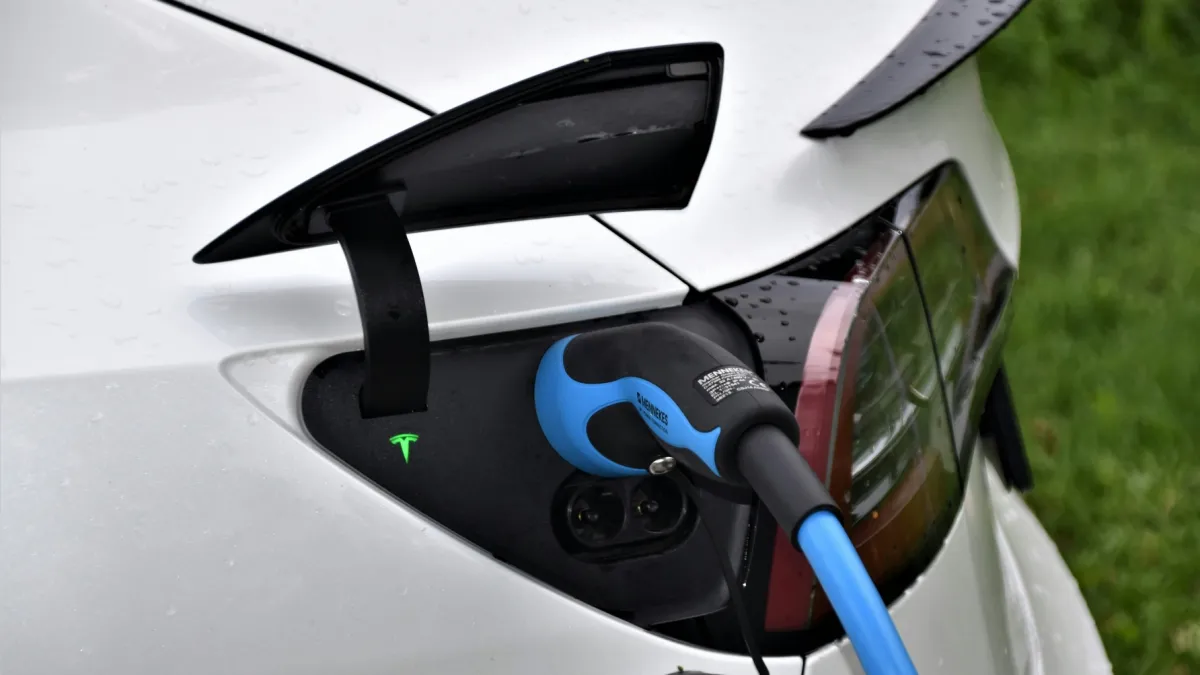

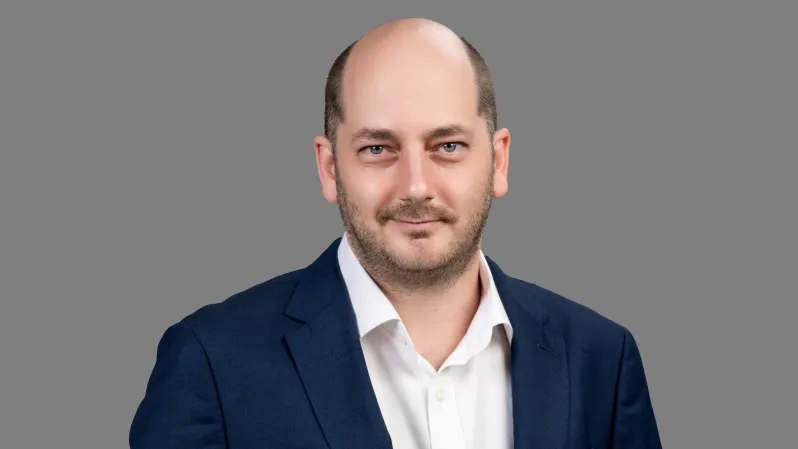

 Advertise
Advertise
